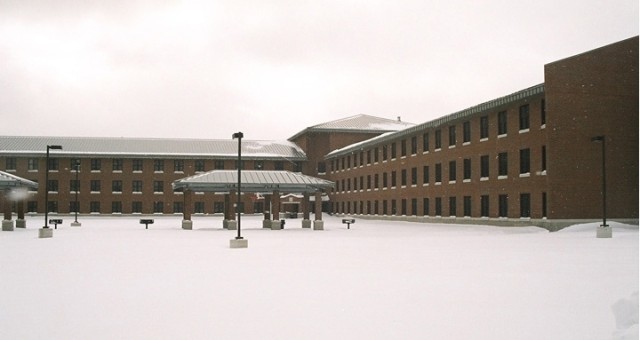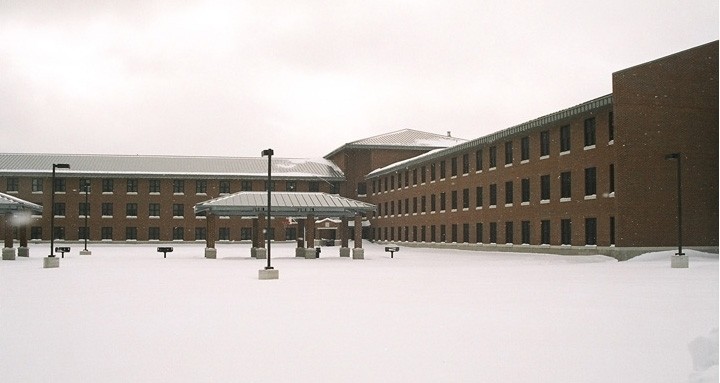Change is the word of the day at Fort Drum, where for the past five years, the U.S. Army Corps of Engineers, New York District, has been working to complete more than $2 billion worth of projects that will support 20,000 soldiers and family members by the year 2014. These projects will expand the base as part of the Army's Force Transformation effort which holds the distinction of being the first installation within the North Atlantic Division to begin undertaking the process.
In the past year alone, New York District has worked to completed $528 million in new construction that includes two barracks, three brigade combat team complexes and a fitness center. Among these is the $7-million Pine Plains fitness center, which opened in March 2007. This facility provides state-of-the-art weight rooms, cardio equipment, wrestling rooms and swimming pools.
In April of 2007, the $87-million Wheeler Sack Army Airfield Barracks opened. This state-of-the-art facility contains two barracks, 13 company operations facilities, three battalion headquarters, a troop aid station and a dining hall.
Quality-of-life projects aren't all New York District has been involved in at Fort Drum though. Several new training and support facilities have been constructed over the last 18 months, including the $6-million Force Modernization Educational Transition Facility. This facility, which opened in March 2007, provides troops with a central location to prepare and pick up new equipment. Instructors are on hand to teach troops how to use their new equipment in the field. It consists of administrative offices, classrooms and vehicle maintenance training bays and is capable of handling everything from communication equipment to various types of weaponry.
New York District also turned over to the Soldiers of the 10th Mountain Division a $2.7-million Defensive Live Fire Range in October 2006, as well as a two-phased aviation facilities. Both phases of the aviation project opened in December 2006 at a cost of $74 million. The first phase involved construction of a Blackhawk/Chinook hangar, vehicle maintenance facility and five organizational storage buildings.
The second phase of the aviation project saw construction of 25 two-story barracks, 14 company office facilities, one brigade headquarters, two battalion headquarters, a dinning facility and two arms vaults. All of these projects are designed to provide our Soldiers with the best equipment and training available.
It's virtually impossible to undertake such large-scale construction projects without encountering some sort of environmental challenge and Fort Drum is no exception. Before the current expansion began, New York District conducted an extensive environmental impact assessment to make sure construction efforts didn't negatively impact the people, plants, animals or economy.
During this study, New York District learned that the region is a migratory flyway for various species of birds and the Indiana bat, an endangered species whose home territory is partially located on Fort Drum. In order to accommodate these species, the Project Delivery Team at Fort Drum instituted several protocols, including the annual suspension of tree cutting to clear sites for construction from April to October. They've also used netting to set up fly zones to keep the birds and bats from straying onto construction sites where they could be injured or killed.
In the coming year, New York District will begin work on its FY08 projects, including: the second phases of the 1st, 2nd & 3rd Brigade Combat Team Transformation, totaling $139 million; the expansion of Guthrie Medical Clinic at $39 million, a $15-million EOD Battalion Complex, a $90-million Military Police Complex and a $41-million Engineer Unit Operation's Complex.






Social Sharing